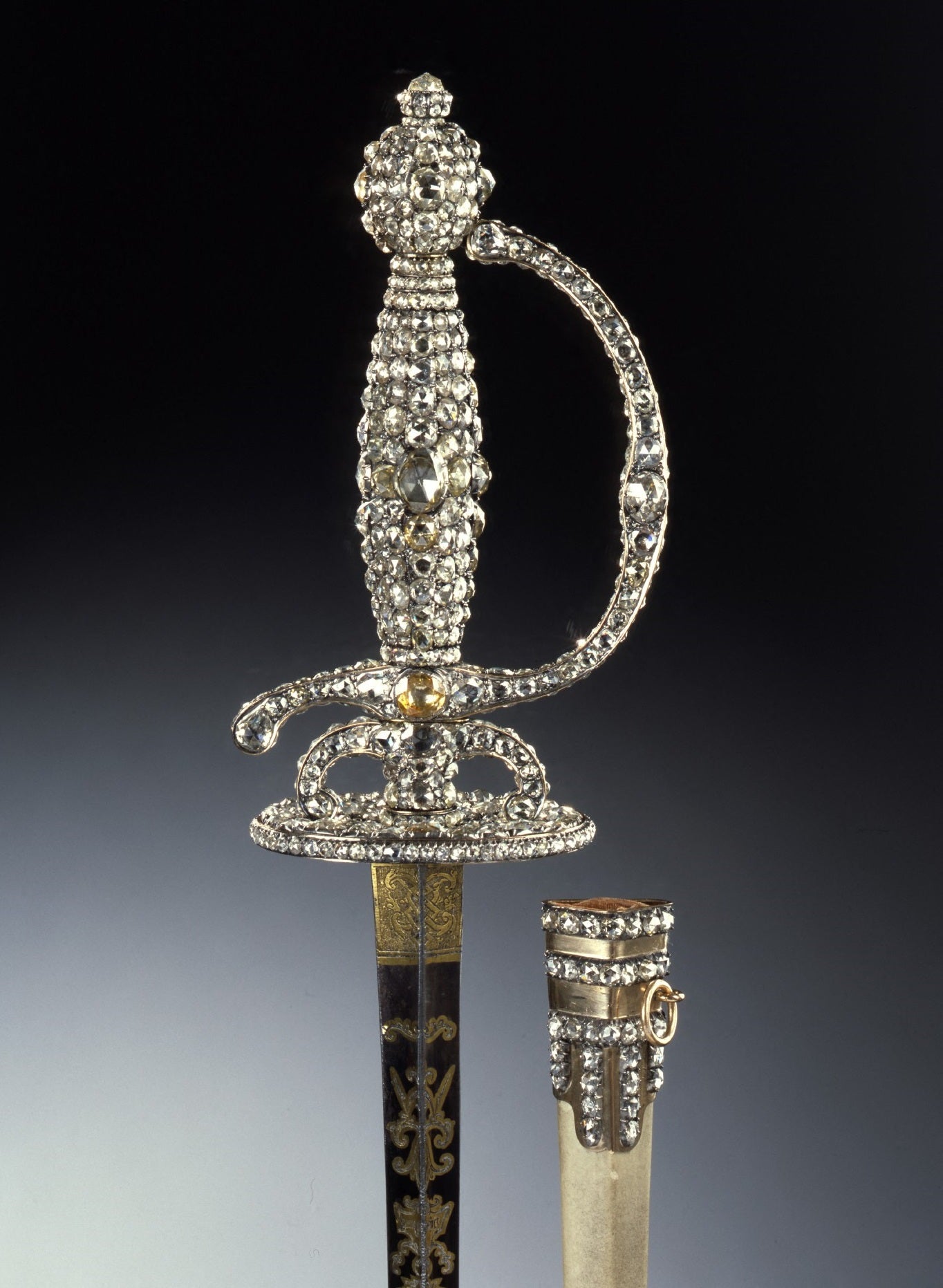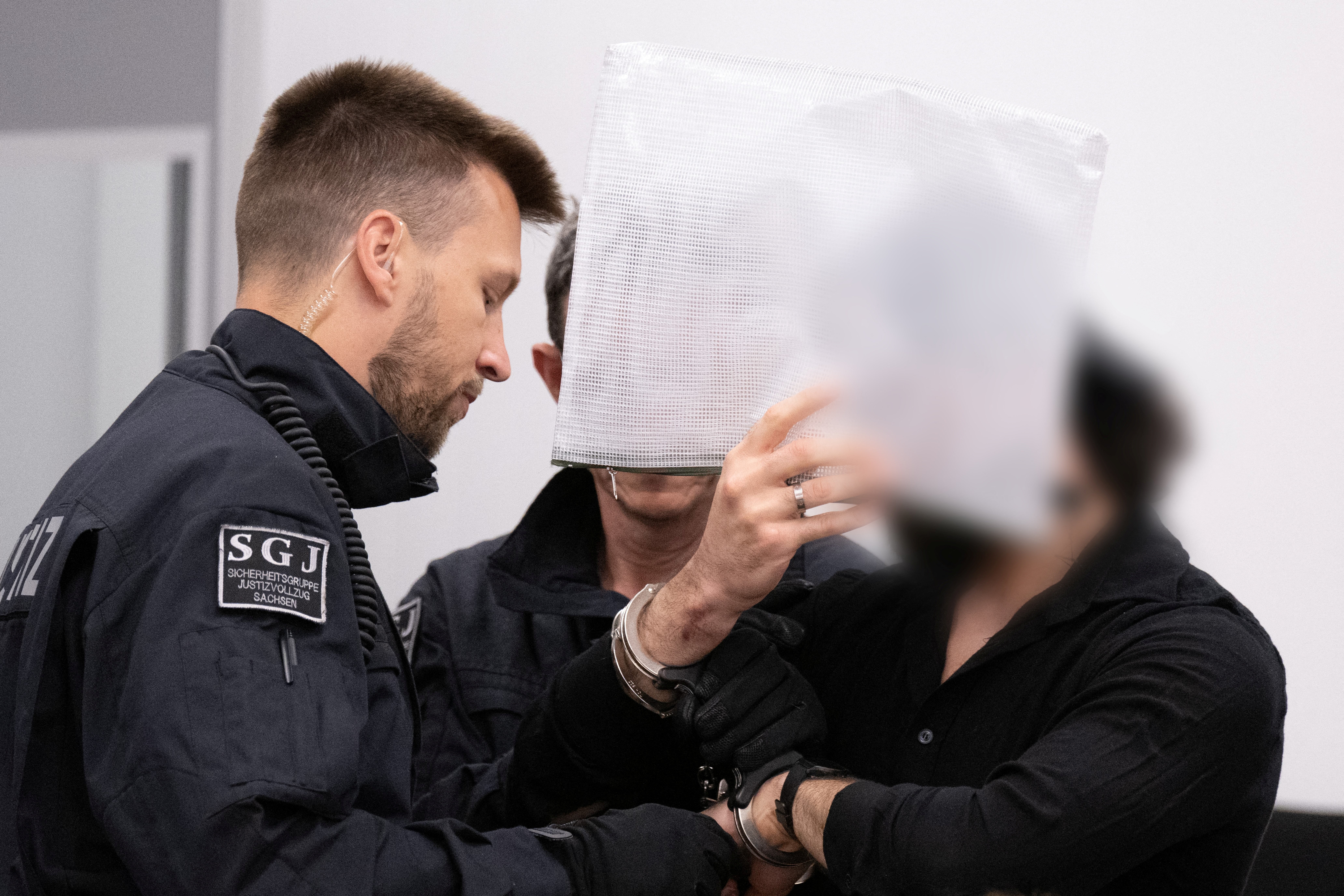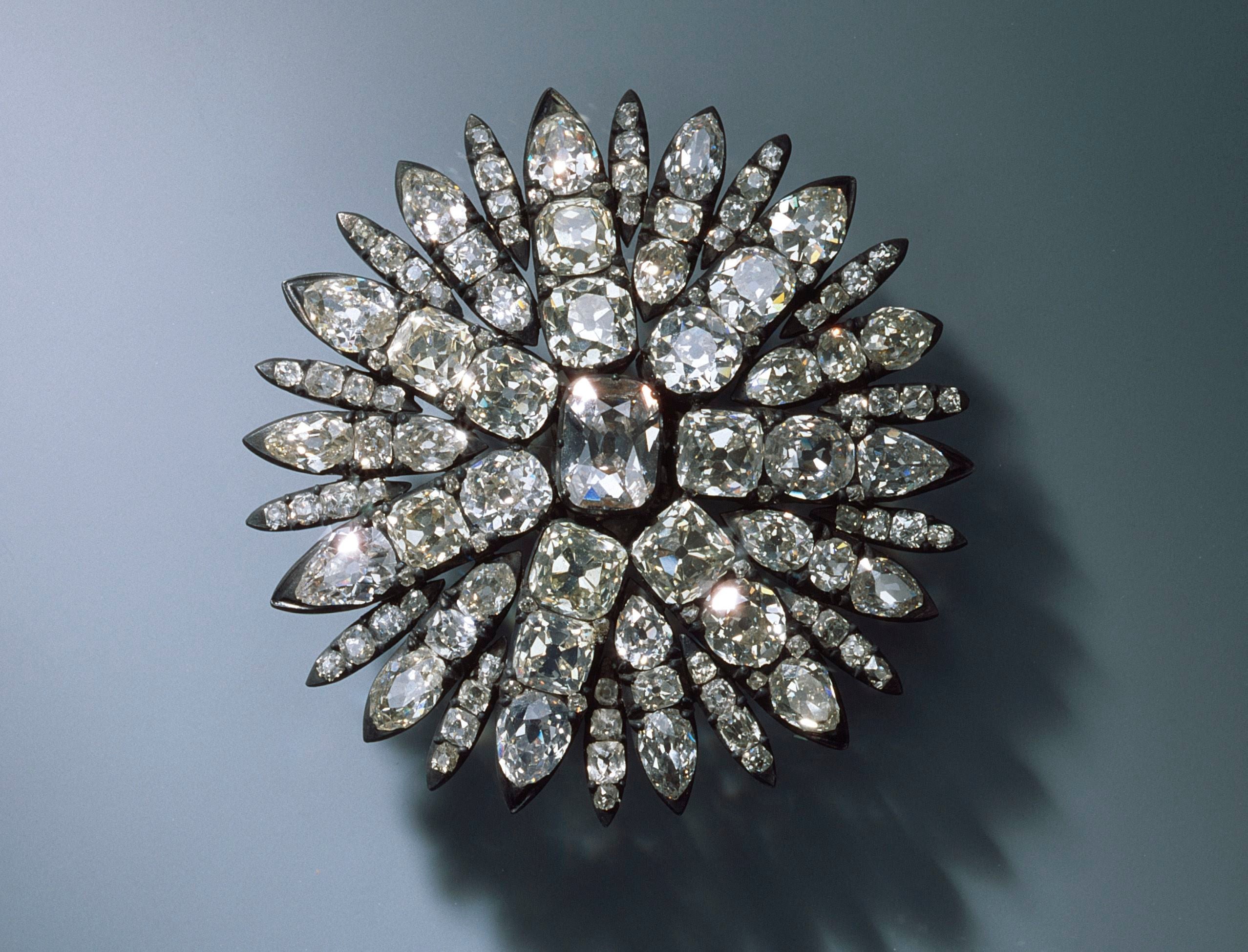Five men convicted over audacious £100m heist of historic jewels
Many of the jewels stolen in Dresden, Germany, have been recovered – but others are feared lost forever
Your support helps us to tell the story
From reproductive rights to climate change to Big Tech, The Independent is on the ground when the story is developing. Whether it's investigating the financials of Elon Musk's pro-Trump PAC or producing our latest documentary, 'The A Word', which shines a light on the American women fighting for reproductive rights, we know how important it is to parse out the facts from the messaging.
At such a critical moment in US history, we need reporters on the ground. Your donation allows us to keep sending journalists to speak to both sides of the story.
The Independent is trusted by Americans across the entire political spectrum. And unlike many other quality news outlets, we choose not to lock Americans out of our reporting and analysis with paywalls. We believe quality journalism should be available to everyone, paid for by those who can afford it.
Your support makes all the difference.Five men have been found guilty of stealing jewels worth more than €113m (£98m) in the German city of Dresden – one of the most spectacular heists the country has seen.
The men were handed sentences of between four years to three months. One defendant was acquitted.
The Dresden state court ruled that the five men, aged 24 to 29, were responsible for the break-in at the eastern German city’s Green Vault Museum in November 2019. The thieves grabbed 21 pieces of jewellery and other valuables from the collection of the Saxon ruler Augustus the Strong, encrusted with more than 4,300 individual diamonds.
The men were convicted of particularly aggravated arson in combination with dangerous bodily injury, theft with weapons, damage to property and intentional arson. All five men were said to be members of the “Remmo clan” – an extended family with ties to organised crime in Germany.
Many of the jewels stolen have now been recovered by the police, including a diamond-encrusted sword, a breast star of the Polish Order of the White Eagle and an ornate diamond headdress. However, it’s feared that other pieces may be lost forever.
The trial lasted 47 days and more than 100 witnesses gave evidence. During the trial prosecutors called the theft an act of “remarkable criminal drive and recklessness” by the thieves.

Police believe the men visited the site several times. They used a hydraulic cutting machine to cut an entry point through the bars of a window in advance of the break-in, and taped the bars back into place to conceal this.
The men started a fire just before the break-in to cut the power supply to street lights outside the museum.
CCTV showed the masked thieves entering the Green Vault, smashing glass display cases with axes to reach the treasure, and then spraying the room with a foam fire extinguisher to cover their tracks.
They then made their getaway in a car which they dumped in a car park and set on fire before returning to Berlin. They were caught several months later during raids in Berlin.
In January, there was a plea bargain between the defence, prosecution and court after most of the stolen jewels were returned.

The plea bargain had been agreed to by four defendants, who subsequently admitted their involvement in the crime through their lawyers. The fifth defendant also confessed, but only to the procurement of objects such as the axes used to make holes in the museum display case, the DPA news agency reported.
The state of Saxony, where Dresden is located, had claimed damages of almost €89m in court — for the pieces that were returned damaged, for those still missing and for repairs to the destroyed display cases and the museum building.

Two of the suspects on trial have already been sentenced to four and a half years in prison for their involvement in stealing the Big Maple Leaf, a 100kg gold coin worth millions of euros from Berlin’s Bode Museum in 2017. The coin remains missing.
The Green Vault is one of the world’s oldest museums. It was established in 1723 and contains the treasury of Augustus the Strong of Saxony, comprising around 4,000 objects of gold, precious stones and other materials.
The treasures survived Allied bombing raids during the Second World War, only to be carried off by the Soviet Union. They were returned to Dresden in 1958.
Associated Press contributed to this report




Join our commenting forum
Join thought-provoking conversations, follow other Independent readers and see their replies
Comments